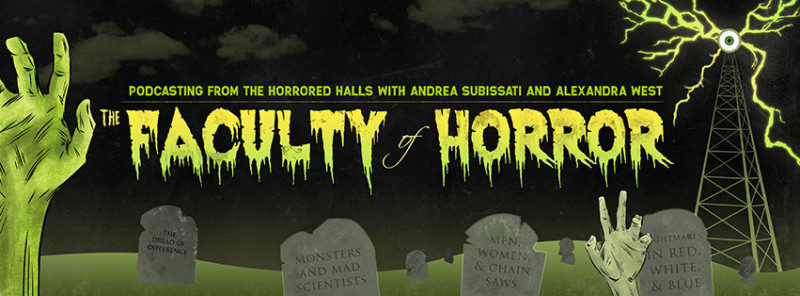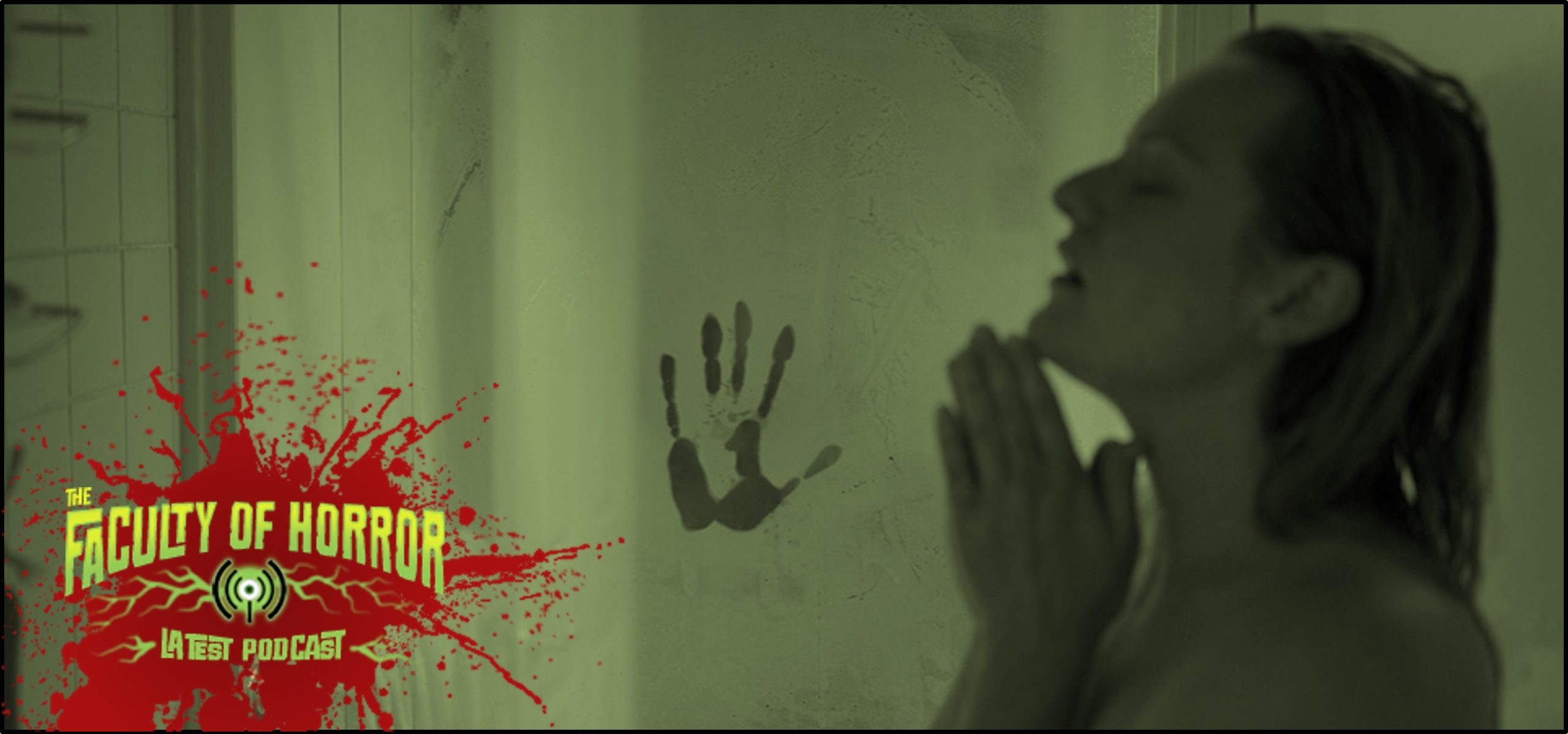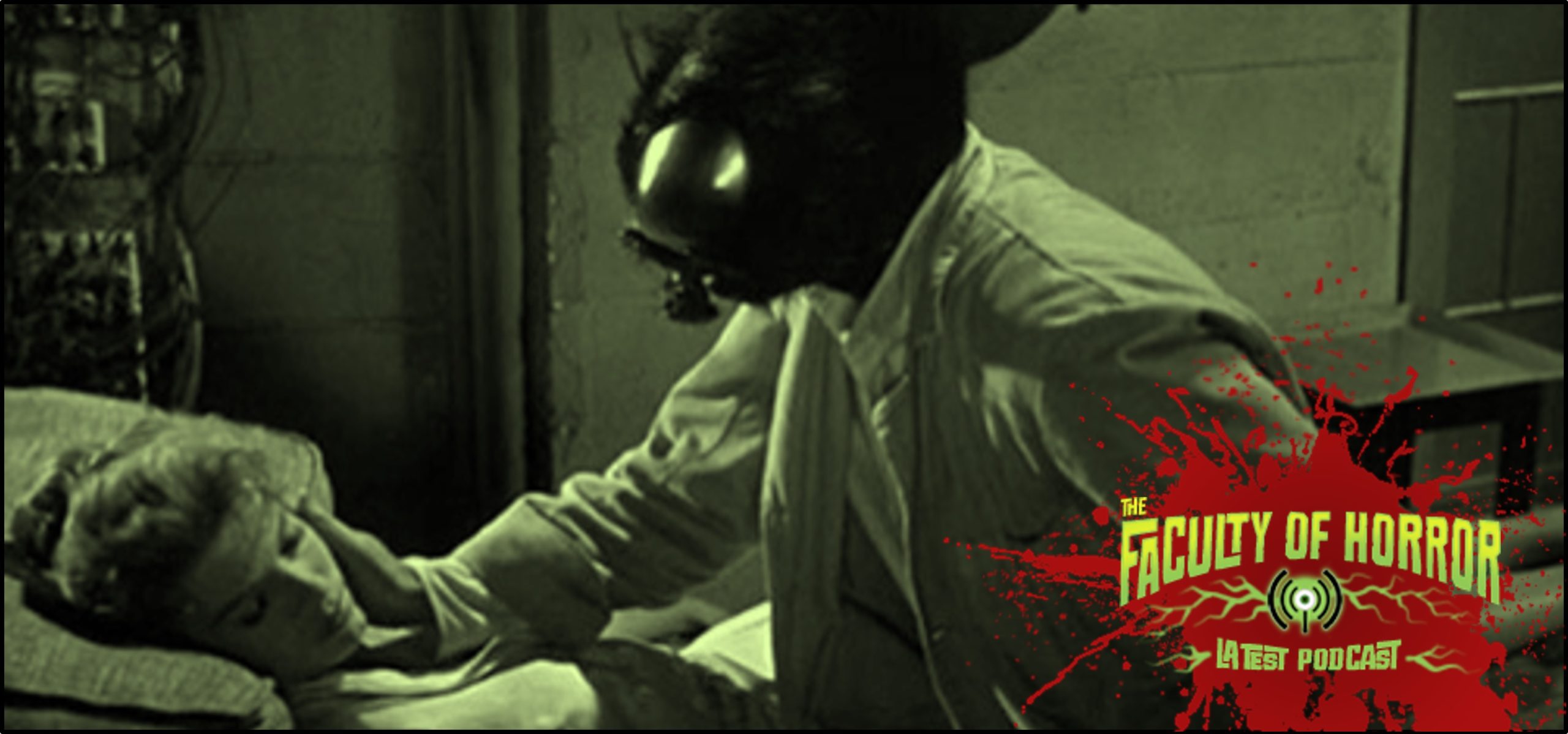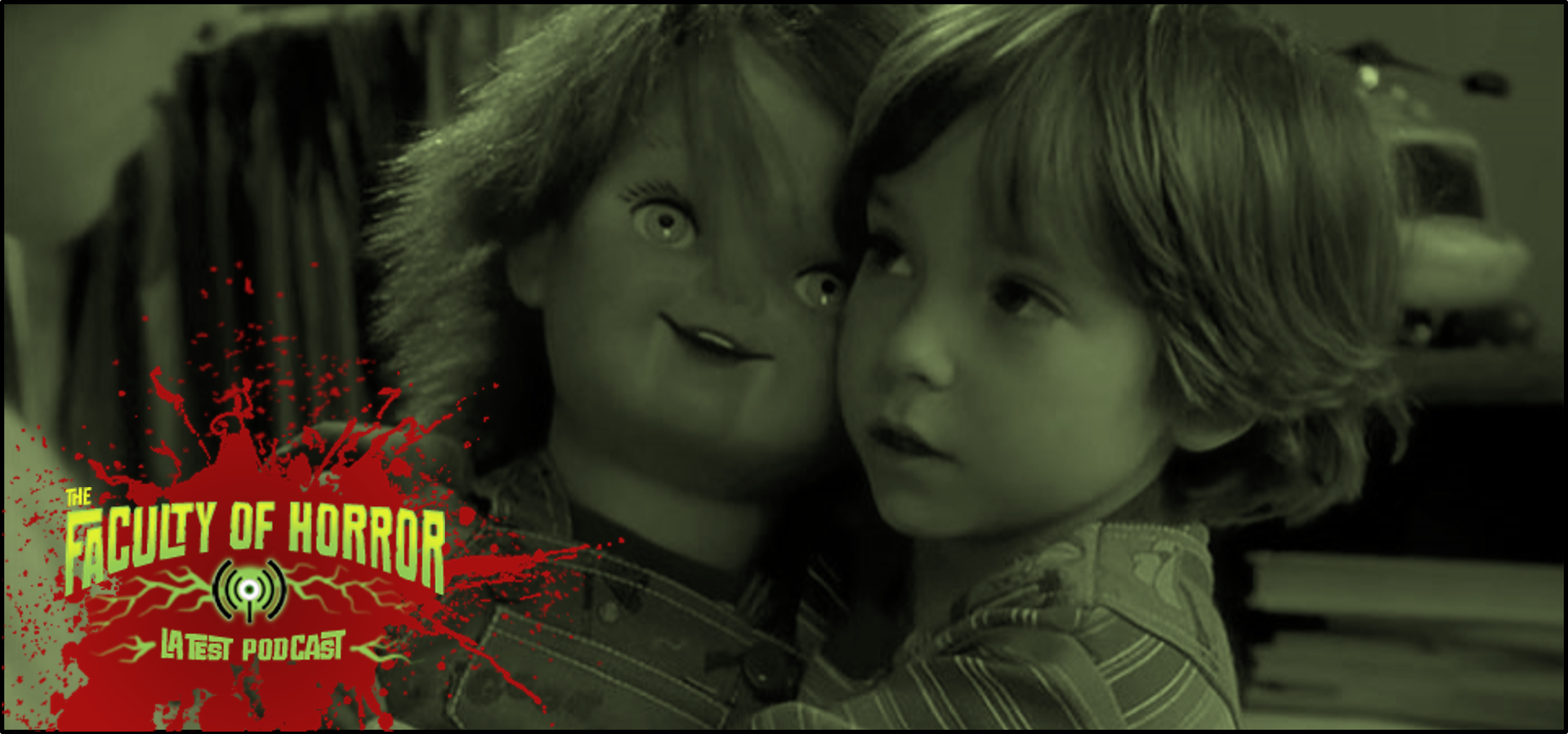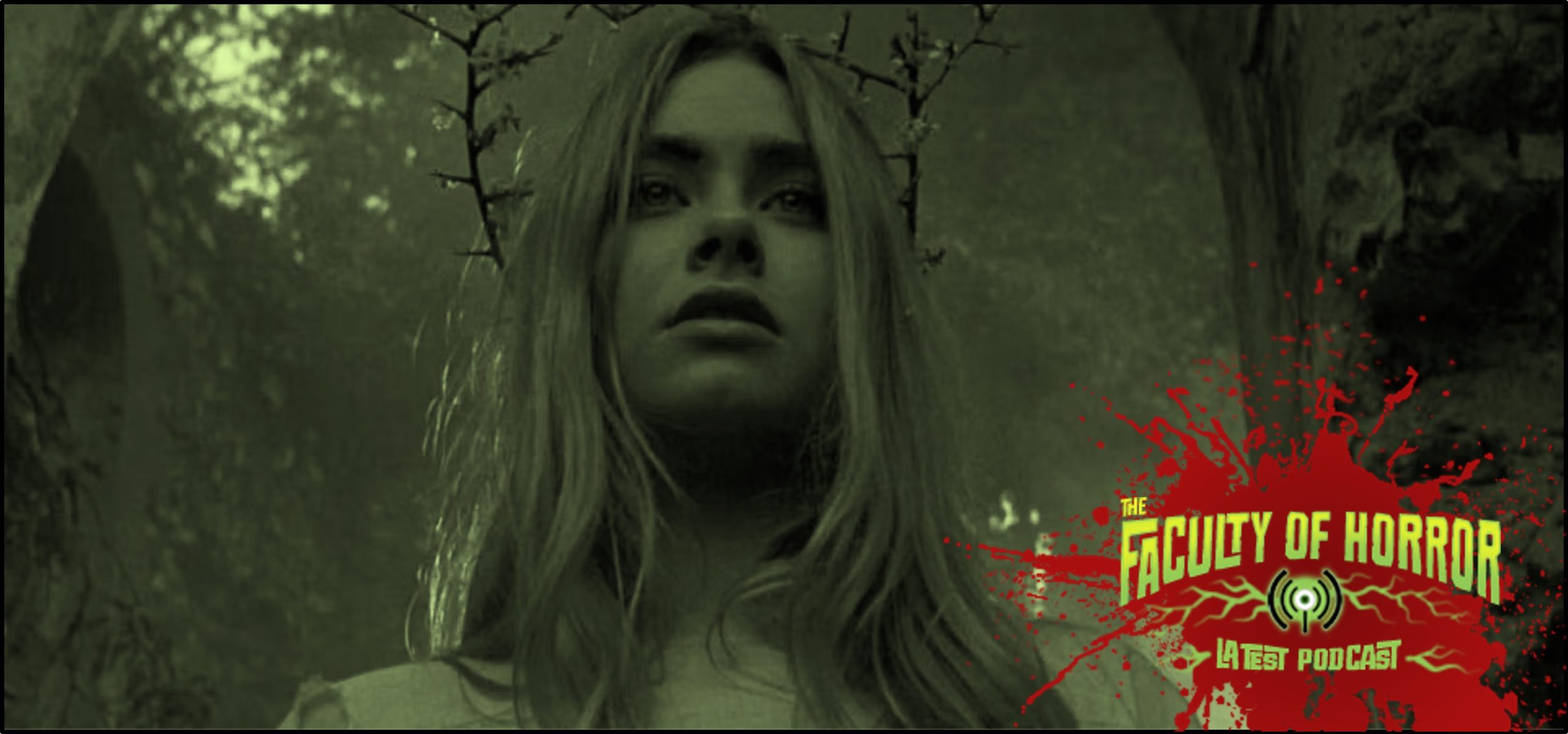From economic disruptors to controlling techbro exes, the unseeable has been used as a metaphor in a variety of ways. In this episode, Andrea and Alex look back at H.G. Wells’ original text, James Whale’s Universal classic and how #MeToo created a new kind of monster.
REQUIRED READING
The Invisible Man. Dir. James Whale, 1933.
The Invisible Man. Dir. Leigh Whannell, 2020.
EXTRA CREDIT
The Invisible Man. H.G. Wells’ Victorian classic.
Simulacra and Simulation. Baudrillard continues to be worried about copies.
Evolution of Horror: Sleeping with the Enemy and Fear. Alex joins friend of the pod Mike Muncer to talk about home invasion and visibility.
The Dark Universe Cast Photo. Universal Studios’ lost cinematic universe (and the article that photoshopped out one of the key players).
“The Invisible Man” and the Invisible Hand: H. G. Wells’s Critique of Capitalism. Paul A. Cantor dissects the anti-capitalist sentiment of Wells’ story.
WomenWriteAboutComics.com – Kate Tanski dissects the male gaze in Sue Storm’s long overdue solo debut.
LISTEN
Right click or option-click here and choose “Save Target As”
Podcast: Play in new window | Download
